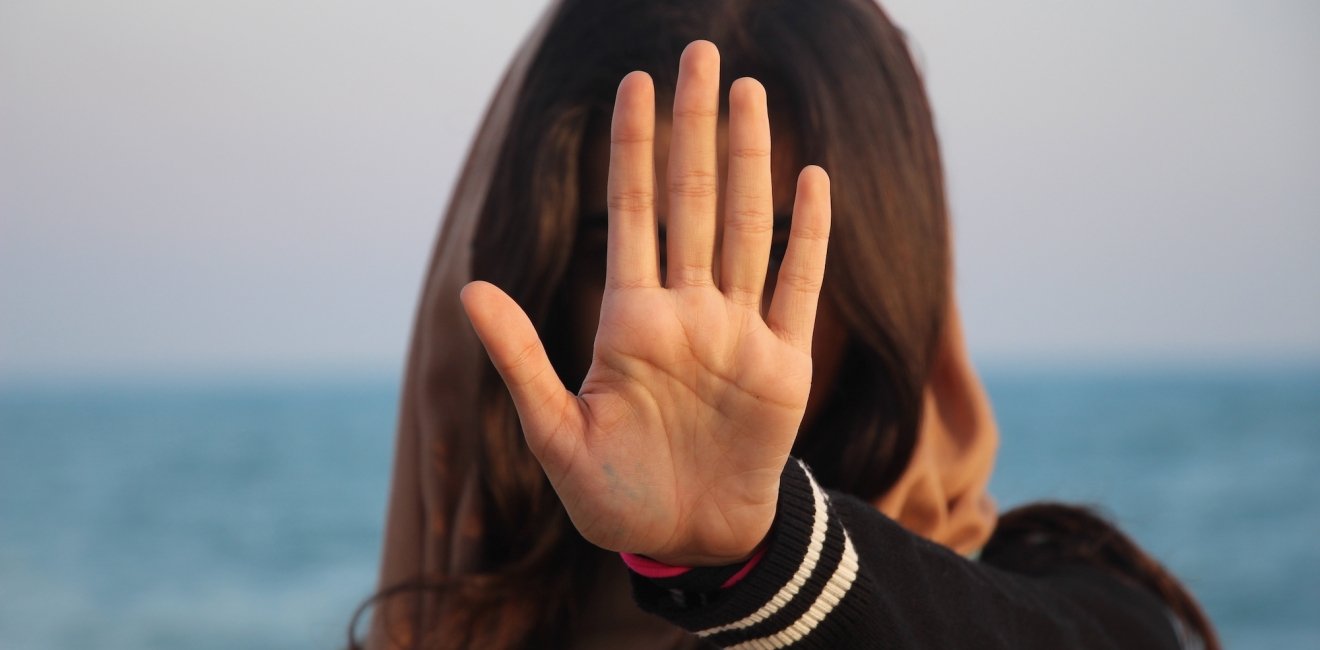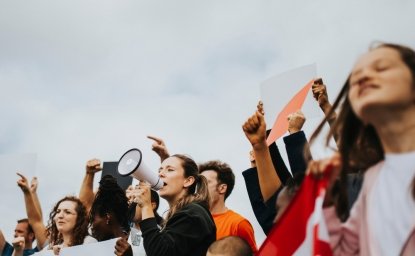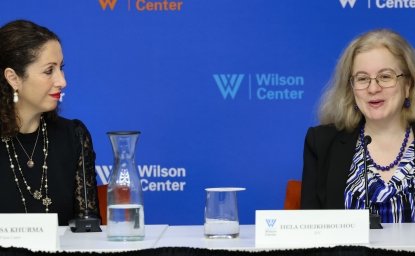The Iranian government is continuing and even expanding its fierce and relentless war against Iranian women who ignore the Islamic hijab. The Supreme Leader, Ayatollah Khamenei, last week described the hijab as a requirement of both Islam and the law. Ignoring it, he added, is “forbidden both under Islam and politically.” His language, insistent and unbending, provides a key, or perhaps is the key, to the Islamic Republic’s renewed obsession with the hijab.
Instead, however, the regime has responded with a severe crackdown on any violation of the hijab.
The expectation among many observers was that the death of the young Kurdish woman, Mahsa Amini, while in custody of the Morality Police for violating the hijab, and the widespread protests that ensued, would lead the government to ease up on hijab enforcement. Instead, however, the regime has responded with a severe crackdown on any violation of the hijab.
The end of flexibility
Ayatollah Khamenei himself initially, referring to what he called “weak hijab,” said women who don’t observe the strict hijab should not be termed as “without religion and anti-revolutionary,” suggesting some flexibility regarding the hijab issue. No more. And government officials and organizations have echoed his stance.
The Ministry of Interior earlier announced that hijab rules will remain in place, and that women who ignore these rules will face consequences. Shopkeepers and banks were ordered not to serve women without the hijab and to require their female employees to fully cover their heads and hair with the requisite black hood. In a second announcement last week, perhaps issued lest the public think they detected a slackening in official determination, the ministry said: “regarding the hijab we will not retreat.”
There has been talk of penalizing ‘non-observant’ women with heavy monetary fines or confiscating their driving licenses or passports.
Iranian President Raisi has reminded citizens that the hijab is “the law of the land.” A member of the Majlis, or parliament, issued a kind of ultimatum to the government: either the cabinet come up with new laws to enforce the hijab or the Majlis will do so. The head of the Tehran police, General Ahmad Reza Radan, warned that cameras will be set up in public places to identify loosely-scarved women, and those so identified will face a judge in court. There has been talk of penalizing ‘non-observant’ women with heavy monetary fines or confiscating their driving licenses or passports.
One bank president was dismissed and a number of shops closed down and sealed because women without scarves covering their hair were allowed to enter and were served. In one case, two women entering a shop were arrested for not observing the hijab and the shop was closed—although only for a day or two.
The government phalanx
In addition, several cases were reported in numerous towns and cities of schoolgirls experiencing illness and nausea, resulting, it was thought, from some kind of gas. Many believed the perpetrators were members of agencies connected to the government and that the intent was to punish young students for supporting the anti-hijab, anti-government protests.
There was also at least one case where a member of the public took matters into his own hands. Ten days ago, near the city of Mashhad in northeastern Iran, a man in a grocery store poured a large container of yoghurt on a mother and daughter he considered improperly dressed. Ironically, it was the women who were arrested. (The yoghurt-thrower was arrested too, but later released).
For a brief moment there was one small sign of a crack in the regime’s seemingly solid phalanx of government officials denouncing hijab non-observance. The chief of the judiciary, Mohseni Ejei, in the early days of the protests following the death of Mahsa Amini threatened women protesters with prosecution “without mercy.” But in a speech last week, he conceded that “arresting and imprisoning” for the sake of compulsory hijab has come “with a high price.” He added: “We won’t get desirable results if we seek to solve cultural problems” by force. If his remarks suggested a split in the leadership regarding hijab policy, it was short-lived. Last week, he called for support of the security forces in the performance of their duties and ordered all judicial officials to work in support of government policies.
The regime’s monster
What can explain this renewed and fierce obsession with hijab rules? After all, preceding the current crackdown, a kind of modus vivendi had been reached between the government and women seeking to choose for themselves how to appear in public. Traditional women continued to observe the strict Islamic hijab; some women wore only scarves, but fully covered their head and hair; others wore their scarves very loosely; and some abandoned the headscarf altogether. There were occasional confrontations, but by and large, the government and Morality Police appeared willing to let things be. But, then, eight months following the death of Mahsa Amini and the demonstrations that turned quickly into protests against the regime itself, came the current crackdown.
Several possible explanations come to mind. Despite the brutality of the security forces, the recent protests continued week after week for eight months. Iran’s young men and women—Iran’s Gen Z—proved that they no longer fear the government, the religious leadership, or the security forces. The threat of physical mistreatment, arrest, prison and even death did not deter them. The regime’s nightmare is loss of control over this younger generation.
For women (and all those who joined them in the protests), freedom from hijab rules has become synonymous with the aspiration for freedom itself.
Moreover, the hijab has become a symbol of something much more fundamental in its implications. For women (and all those who joined them in the protests), freedom from hijab rules has become synonymous with the aspiration for freedom itself. And for the regime, insisting on and imposing the hijab has become synonymous with control, not only of women, but of society. It is precisely in this context that the supreme leader’s remark that the hijab violation is “politically illegal” must be understood. It is a recognition, on his part, that the struggle over the hijab is a political struggle—over the future of the Islamic Republic itself.
Eight months after the beginning of the protest movement against the hijab, and despite the current crackdown, the government appears still at a loss as to how to deal with women who are determined to resist the government. Against such women, threats have failed and are certain to continue to fail. Surely, the reasonable solution for the government would be to leave women to make their own decision whether to observe the hijab, and to stop constantly dictating how women should dress. The Islamic Republic has created a monster for itself called hijab. Regime officials must realize by now that hijab defiance will remain part of their daily life, and that the monster will continue to make their life miserable.
The views expressed in these articles are those of the author and do not reflect an official position of the Wilson Center.







